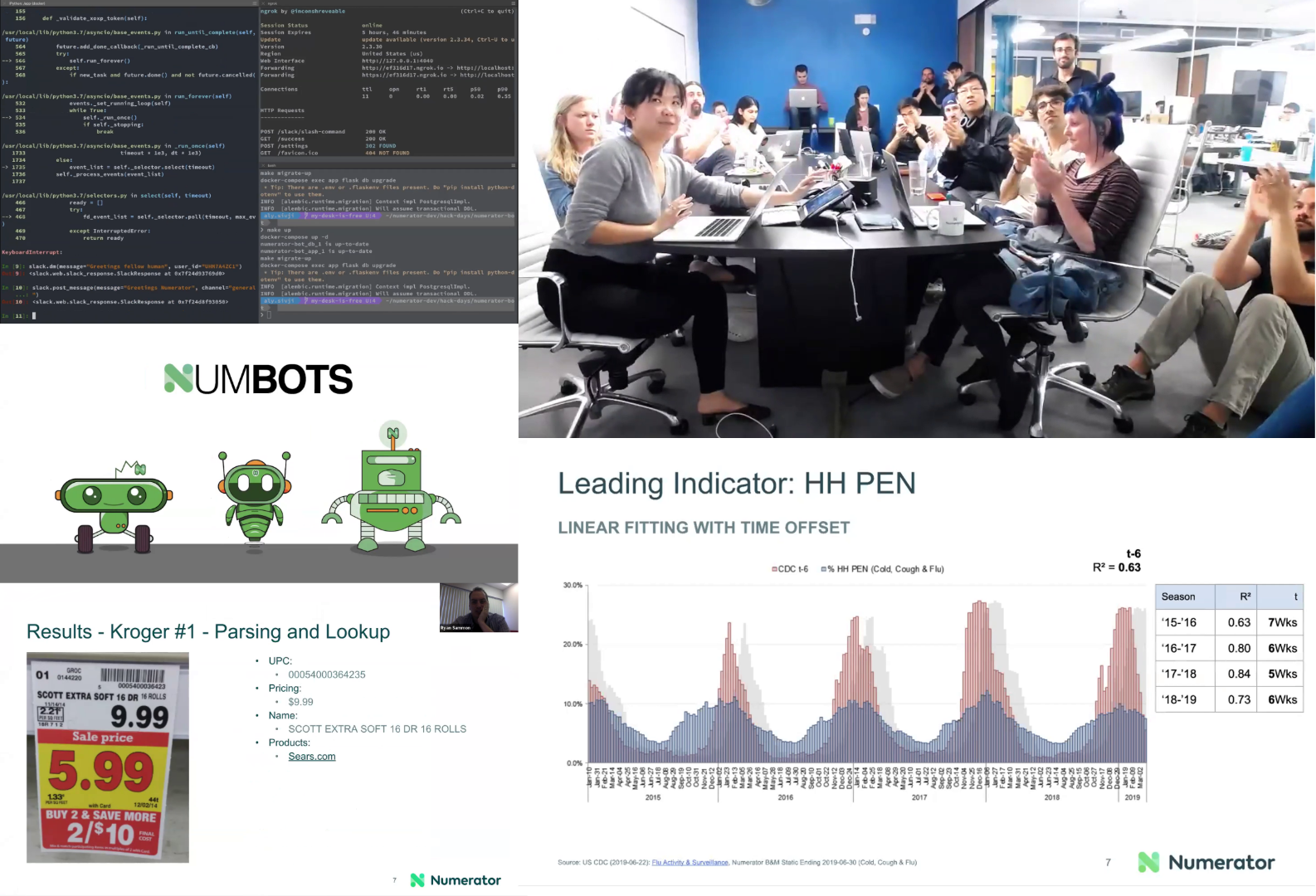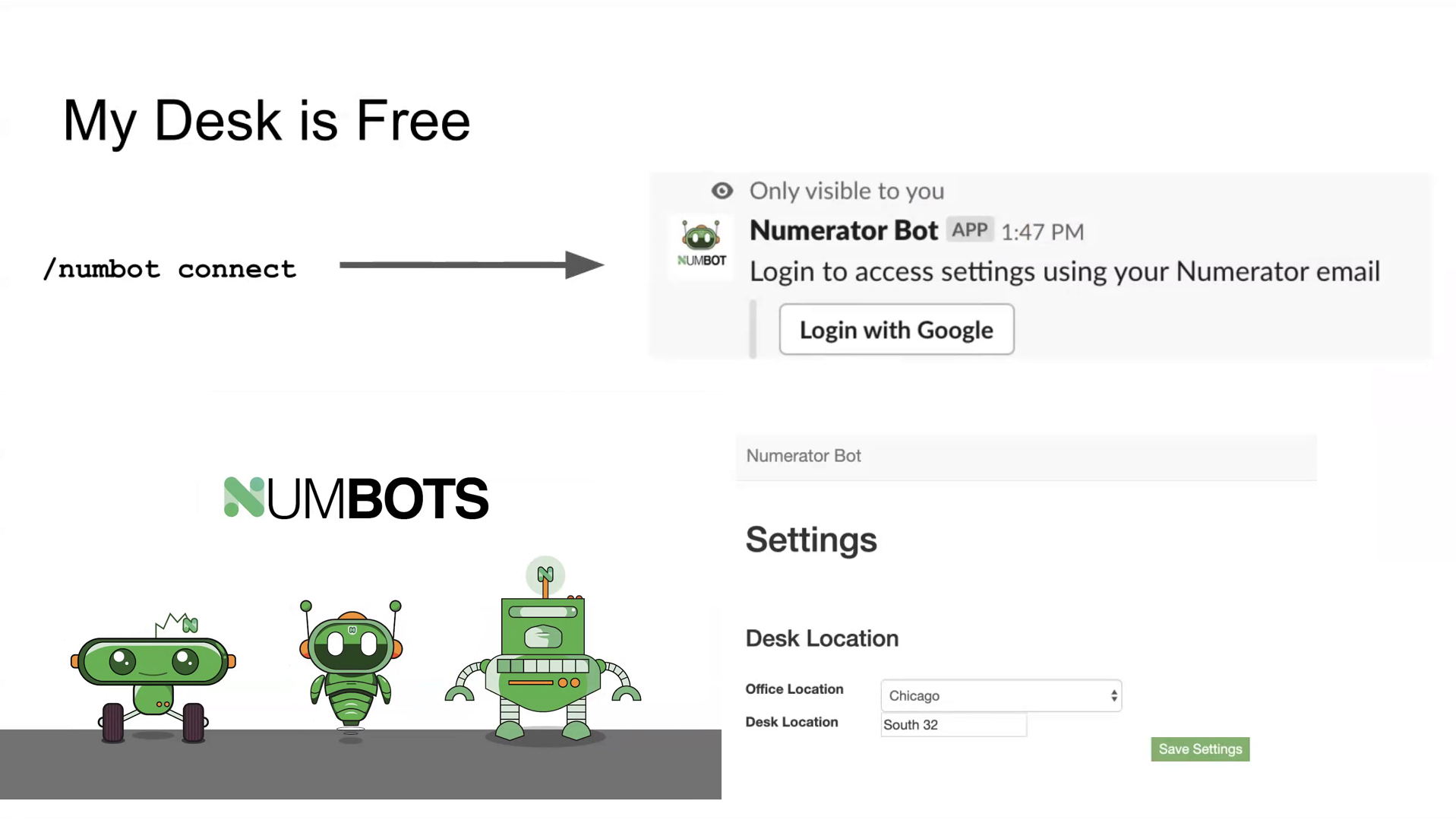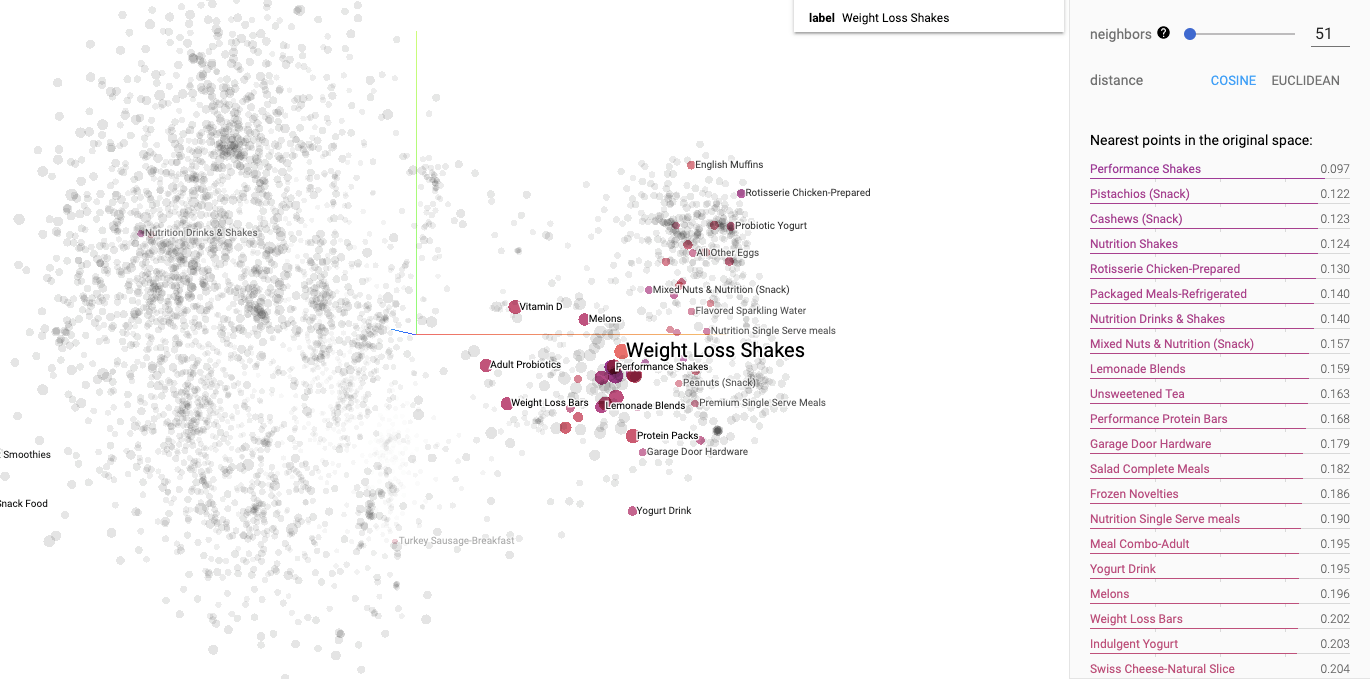Hackdays at Numerator

This past week saw the conclusion to our most recent company-wide Hack Day at Numerator. Each quarter we set aside 2 days for anyone to work in teams, or solo, on whatever they want uninterrupted. These projects can be anything from: an engineering hack building some new tool, a data hack exploring some new way to look at old data, a culture hack exploring new ideas to foster cross-collaboration, among many other ideas. We have a strong belief the true innovation happens by exploring something new, learning, failing, and persistence. The hack days are to help us foster this creativity.
A huge shoutout to the 30 teams that participated in this quarter's Hack Day. So many great hacks which always make it difficult to pick our winners. I look forward to seeing what everyone can come up with next quarter.
Some of the engineering hacks this quarter included:
Receipt Data Flow
A small hack team updated an existing flow chart and created an auto-updating and auto-documenting tool for inspecting all the possible states and transitions of one of our most complex systems. Granting new levels of visibility and insight into how and why the system does certain things. With a complex ML flow, this is a valuable tool to make sure that us humans can still monitor and manage the process.
Product Information via In-Store Price Tag Image
One of our hack teams built a prototype service that will extract price, product, UPC, etc from a photo of an in-store price tag. The information is then matched against our own database of products; potentially allowing for competitive price information.
Numerator Bot
Organization hacks are really popular as one of our teams built an easy framework that allows anyone to extend Slack with any type of chatbots. Two chatbots were demoed by the group: Office Lunch Plans and My Desk is Free (Editor note: this “hack” had 70% test coverage with continuous integration pipeline, which is pretty incredible)

Basket Item Embeddings
Word embedding models (e.g. word2vec) have been very successful at exploiting contextual information in large corpora. This hack explored exploiting the contextual information of which items are often bought together to build meaningful embeddings for basket items.


